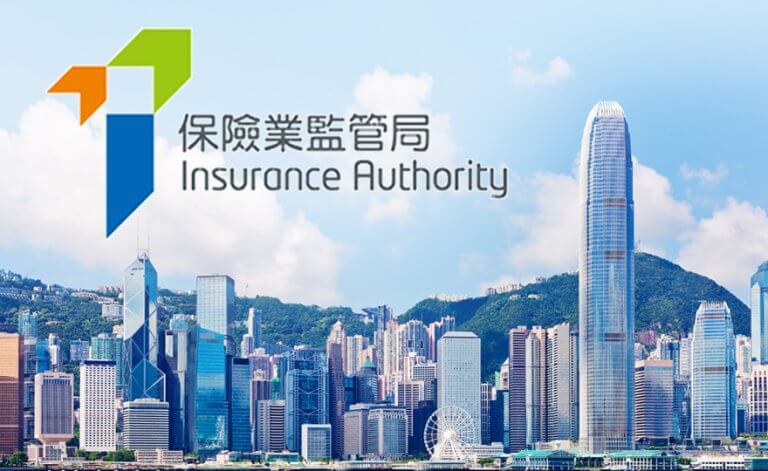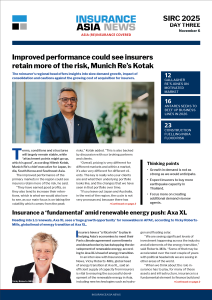Hong Kong’s proposed risk-based capital requirements extend waivers to marine, captive insurers
January 15 2024 by Georgina Lee
Hong Kong’s insurance regulator has proposed a set of rules that seek to lighten the compliance burden for captive and marine insurers, outlining several concessions aimed at boosting the city’s attractiveness as a global hub as it prepares the industry for the impending rollout of the new capital and adequacy regime.
The four draft rules, proposed by the Hong Kong Insurance Authority (HKIA) as part of the detailed requirements under the new three-pillar risk-based capital regime (RBC) expected to become effective in the second half of this year, will take the form of subsidiary legislation under the Insurance (Amendment) Ordinance. The consultation is open for submissions until February 9.
The rules focus on captive and marine insurers echoes the government’s longstanding effort to attract these carriers to set up in Hong Kong. Captives, for example, have already been enjoying a 50% reduction in profits tax rates on their business linked to offshore risks since 2013. Then in 2020 the government has also expanded the scope of insurable risks for captive insurers.
The latest rules “have confirmed the concessions that were already in place in the (existing) regulatory framework to incentivise multinational conglomerates to establish their captive insurers in Hong Kong,” said Jia Jingwei, a partner at Oliver Wyman.
Under the latest proposal, the regulator is seeking to exempt marine and captive insurers from appointing actuaries for their general businesses, taking into consideration their business size and the potential compliance costs involved.
Small-sized insurers outside marine and captives with both annual gross premium and outstanding claim liabilities below HK$20 million (US$2.6 million) are also exempted.
HKIA also proposes to continue to exempt captive insurers from a requirement to maintain assets in Hong Kong, a waiver that they already enjoyed under the existing rule-based capital adequacy regime.
Insurers with relatively high financial strength rating will enjoy relief for their onshore reinsurance business, which will be determined based on a prescribed factor of 0%, 50% or 100%. The higher the rating, the lower the factor to be applied. The HKIA said the amount of required assets would be the sum of the entity’s onshore insurance liabilities and a prescribed capital amount.
A separate draft rule on marine insurers and captive insurers also provides for a simplified capital regime for these players, given the unique nature of their capital and policyholders, the HKIA said. It proposes a minimum capital amount of HK$2 million. For other insurers that minimum amount is set at HK$20 million.
Apart from captives and marine insurers, there is another specific draft rule for Lloyd’s which aims to provide them with a simplified capital regime and allow the use of a letter of credit for syndicates to fulfill capital requirements.
“Given the uniqueness of capital structure and operating characteristics (of the Lloyd’s marketplace) and in consideration of the protection of policy holders, the HKIA considers the use of letter of credit is a practical resource for meeting the capital requirements,” it said.
It proposes Lloyd’s members be subject to a minimum capital amount of HK$20 million.
After the close of consultation the draft rules will be submitted to the city’s legislature in the form of amendment ordinance for lawmakers vetting this year.
-
Beazley | What does cyber protection look like from day 1 to day 600 and beyond?
Cybersecurity is no longer just an IT concern, but a governance issue that belongs on the boardroom agenda.
-
Sedgwick | Preparing for the next storm
Insurance industry needs to recalibrate, invest in innovation and strengthen systems, talent and data practices.
-
Peak Re | From climate modelling to market opportunity: Forging a new clarity on Southeast Asia’s climate risk
Southeast Asia's protection gap: a crisis of clarity, not just capital
-
BHSI WICare+ | Accelerating Payments, Empowering Recovery
Launched in cooperation with Steadfast’s Singapore network, WICare+ fills the gaps found in traditional coverage and keeps businesses and their workforce secure by covering up to SG$350,000 in medical expenses per claim.

